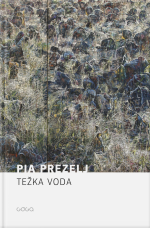View all filters
Clear

Вівці цілі
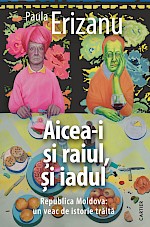
Ech, dziewuszki (It’s Both Heaven and Hell Here. Moldova: a Century of Lived History)
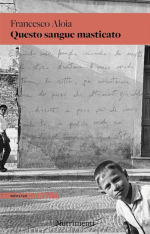
Ta prežvečena kri
Cathedra of hoe je slagroom maakt
24
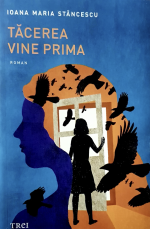
Najpierw przychodzi milczeni
De reünie
O reencontro
Note sulla vita di Frances Donnell
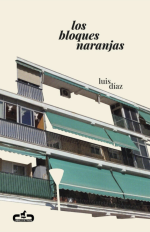
Помаранчеві блоки
Uccelli che cantano il futuro
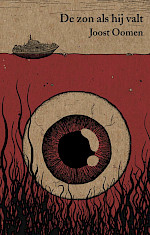
De zon als hij valt
Pols, pols, oog, pols. Een jongen is een jongen en een meisje is een meisje en een jongen. Jij bent een jongen en je moet altijd naar mij toe komen. Elke nacht opnieuw moet jij over het water varen in een half leeggelopen rubberboot en ik moet elke ochtend een vuur ontsteken op het hoogste flatgebouw van mijn stad. Zodat jij iets hebt om op af te varen. Ik ben het meisje dat moet blijven zitten waar ze zit. En jij bent de jongen die de zee probeert leeg te drinken. Allemaal voor de pols, allemaal voor het oog. Soms zijn de dingen in een verhaal belangrijker dan de personages die ze beheersen. "De zon als hij valt" gaat over de reis die een jongen, een meisje, een oog en een pols afleggen om samen te zijn. Uitgangspunt voor deze novelle zijn twee historische objecten: het glazen oog dat overbleef na een drone-aanval op terrorist Mokhtar Belmokhtar en de pols van een vrachtwagenchauffeur die werd teruggevonden na een verder allesverwoestende explosie op camping Los Alfaques in Spanje.
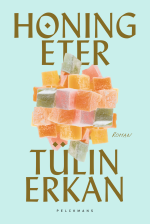
ARRIVALS / GELIȘ (Medojed)
L’Affitto
17, 18

ARRIVALS / GELIȘ (Медолюб)

Tri!
Obletnica

Prvo dolazi ćutanje
